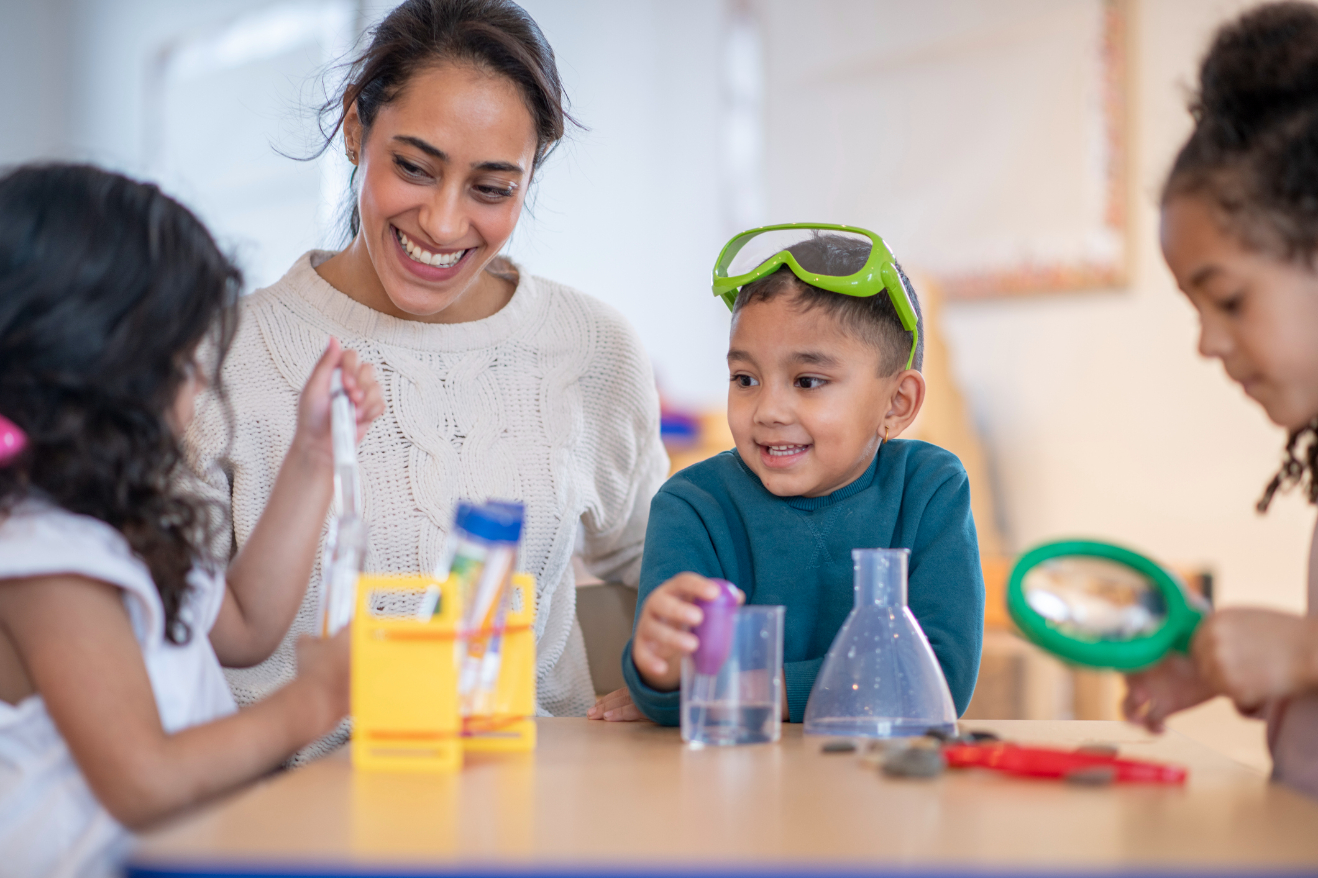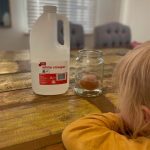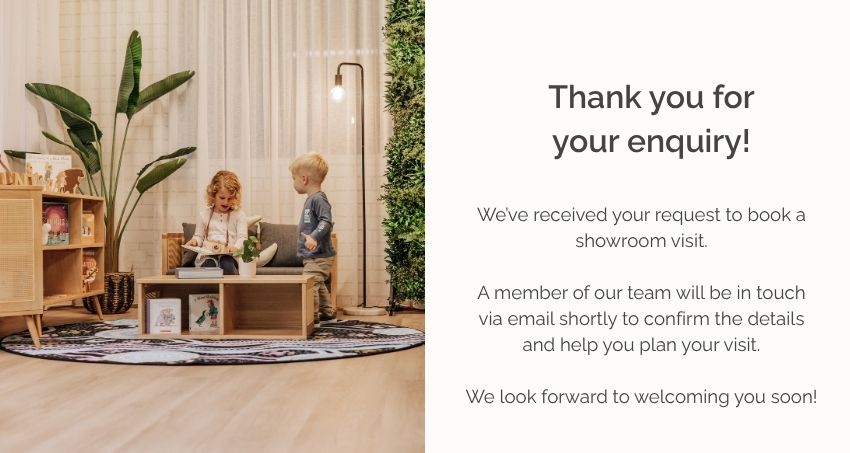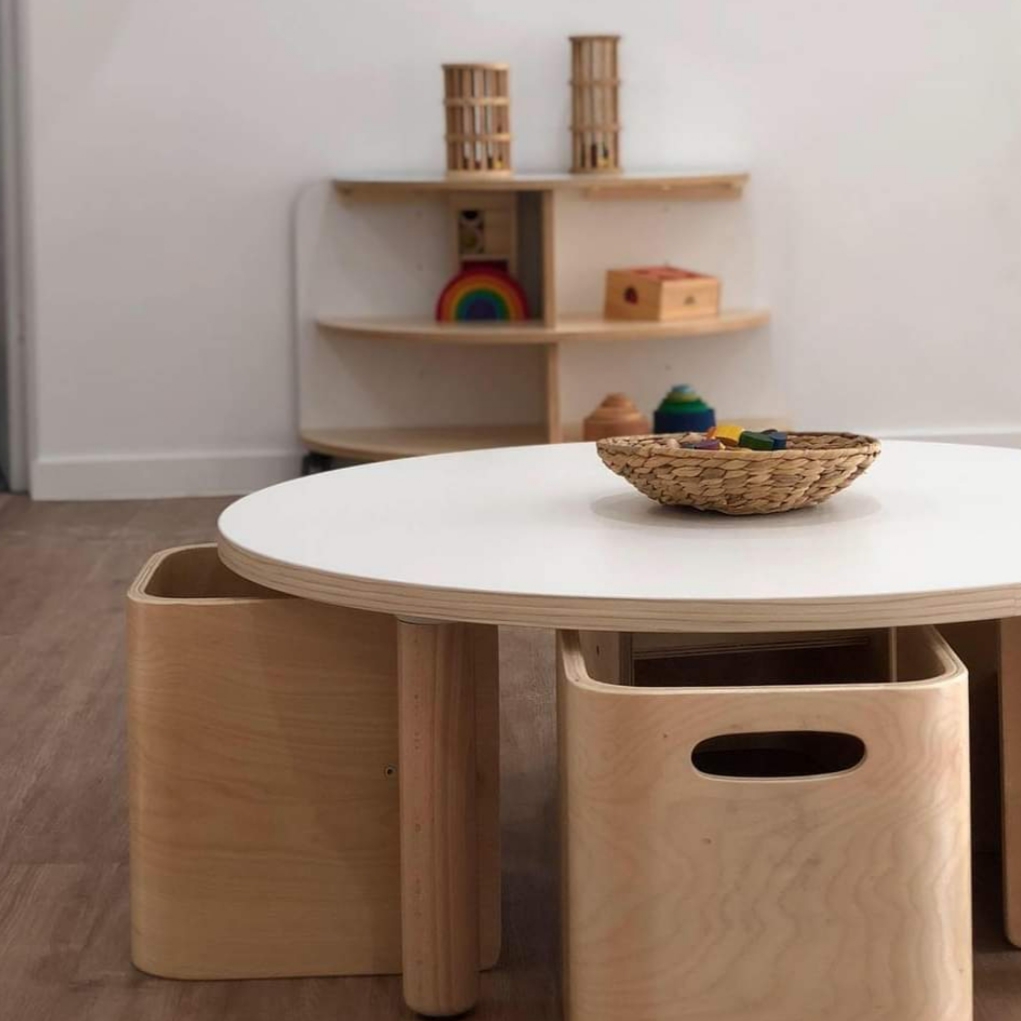
You don’t have to be Einstein to bring science into your ELC!
National Science Week is a celebration of all things science and technology in Australia. With events being held across the nation, it’s only fitting that early learning environments use the week to teach students about science through fun, age-appropriate activities and experiments.
Not only are science experiments a great way to teach problem solving skills and spark curiosity, they directly contribute towards achieving several EYLF learning outcomes, but predominantly: Outcome 4: Children are confident and involved learners
By having you explain the basic science behind each experiment, children will develop a sense of curiosity and a better understanding of what they’re doing – helping them be more confident in what they’re doing.
Here are some tried and tested, cost-effective and safe experiments the children in your early learning environment will love:
Dancing Raisins
Discussion of the Science:
- Chemical reactions – baking soda and vinegar (acid-base reaction).
- Acid (vinegar) and base (baking soda) reaction produces gas (carbon dioxide or CO2).
- Vinegar and baking soda are added to water, creating bubbles that rise to the surface and pop.
- Concept of buoyancy – by adding a light object like a raisin, the bubbles stick to raisin’s surface and increase its buoyancy which pushes the raisin to the surface.
What you’ll need:
- 1 tablespoon baking soda
- 3 raisins, cut in half
- Cup or glass (should be transparent to watch the raisins in action), filled halfway with water
- Enough vinegar to fill rest of glass
- Spoon
Method:
- Use your spoon to place about a tablespoon of baking soda into the glass half-filled with water.
- Stir the baking soda until it is dissolved in the water.
- Drop the 6 raisin halves into the glass
- Next, pour some vinegar into the glass until it is about 3/4 full
Bouncing Egg
Discussion of the Science:
- Eggshells get their hardness from calcium carbonate, similar to bone.
- Acid-base reaction occurs between the vinegar (acid) and the calcium carbonate (base). This produces the carbon dioxide bubbles you can see on the egg’s surface.
- Egg may also appear to grow larger whilst in the vinegar. This is because the eggshell dissolves and leaves a soft, bendable bouncy (but not unbreakable) egg.
What you’ll need:
Note that once the experiment is set up, it will need to be left for 48-72 hours to entirely dissolve the shell and thus yield the bouncy egg.
- Raw eggs
- Household vinegar
- Glass jar or a vase

Method:
- Place egg in jar and cover with vinegar.
- Watch the bubbles forming on the eggshell – this is the acid (vinegar) reacting with the calcium carbonate on the eggshell. The product of this reaction is Co2 (a gas).
- After 48 hours, remove the egg and rinse it under a tap. The hard shell will be gone and you’ll note that the egg white and shell are surrounded by just a thin membrane.
- Now try giving your egg a squeeze or even a bounce! Be prepared for it to burst eventually, though! Even use a torch and magnifying glass to view more detail inside the new ‘rubber’ egg.
Balloon Experiment
Discussion of the Science:
- The bubbles seem in soft drink are carbon dioxide (CO2). An unopened bottle of soft drink has large amounts of CO2 dissolved into the water at a high pressure.
- The process of adding the bubbles or ‘fizz’ to water is called carbonation.
What you’ll need:
- 2 X bottles soft drink ie lemonade
- 2 X balloons (Ideally 2 different colours so your child can visually note the difference In the salt balloon and regular balloon results)
- Salt
Method:
- Upon opening the bottle of soft drink, quickly put one balloon over the opening.
- Pour 1/2 teaspoon salt into the second balloon.
- Attach balloon containing salt to the opening of the second soft drink bottle.
- Once the second balloon is secure, empty the salt from the balloon into the bottle opening.
- Note the difference between the salt balloon bottle and the regular balloon bottle. The balloon that contained the salt is now inflated much more than the non-salt balloon
We hope these ideas have given you some inspiration for some science-y fun in your early learning environment.
If you decide to give any of these experiments a go, don’t forget to tag us on Facebook and Instagram.
To check out our range of STEM resources, click here.











